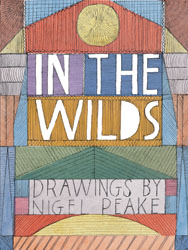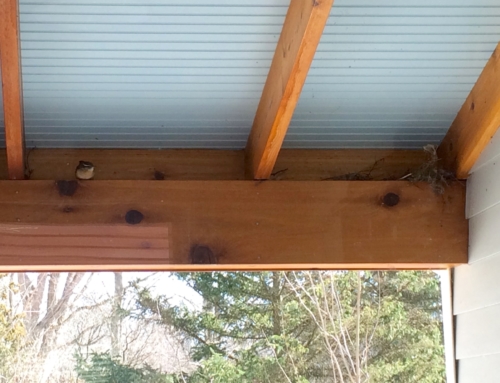Henry David Thoreau famously pronounced, in his essay about walking/living, ". . . in wildness is the preservation of the world." Less elegantly, but more Alison-ly, maybe this is one contemporary takeaway: Too much tamed-ness snuffs out the creative spark that leads to full-on living, or, get out under some sky lest you merge with your sofa and forget how to walk through weather (I know, I know, that's explaining one metaphor with another).
Nigel Peake's book In the Wilds (Princeton Architectural Press, 2011), which I frankly adore, doesn't mention Thoreau, but it does seem to me to arise directly from the same sort of country walks and naked attention that gave us Walden. Here's a passage from the introduction Peake wrote to the collection of his Irish countryside drawings: "The country may be close to the city edge but can feel a world apart. There are few visual surprises in the city. If there is a surprise to be had, it is probably preplanned. This is not so in places free from the grid. Not that things are less considered; in fact, the opposite might be the case." I'm not sure I would explain the difference between country walking and city walking this way, and I'm inspired by both, but I do agree with Peake that there is a difference. There is also one obvious and significant similarity: both occur outdoors. In the Wilds contains many drawings of things from the built world–fence, collapsed shed, barbed wire, hay bales, for instance–along with leaves and birds. All are encountered under the sky.
Maybe any kind of outdoors can be "the wilds." Just the other day I read these Thoreauvian (Peakesque!) words in a book about drawing. "Through walking [outside] I consciously create time to think, observe, and explore." I think I'll go for a walk–in the woods. Click here to see some of the images from In the Wilds.










Leave A Comment